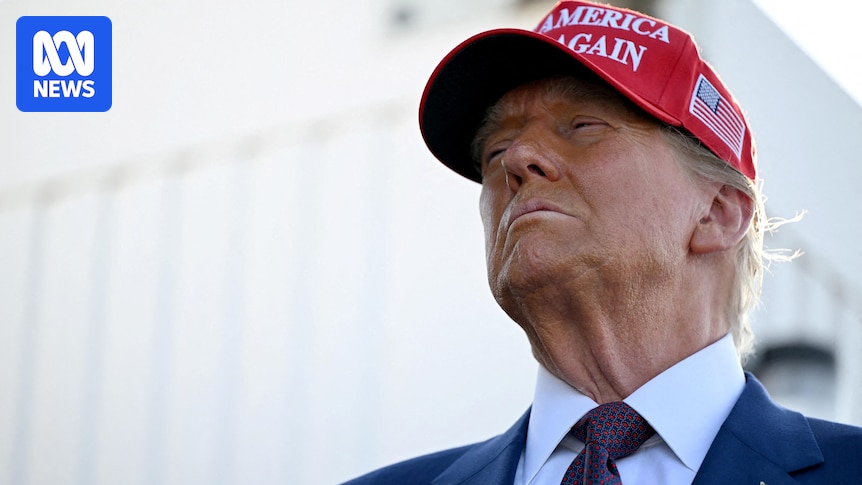
In a recent statement, U.S. President Donald Trump sparked controversy by conflating democratic socialism with communism while addressing Zohran Mamdani, a candidate in New York City’s mayoral election. However, the real geopolitical tremor came from a different arena: Trump’s signing of a critical minerals deal with Australian Prime Minister Anthony Albanese. This agreement aims to counter China’s stronghold on the global supply of rare earths, a move that some experts are calling a much-needed ‘Sputnik moment’ for the United States.
The announcement comes as the U.S. grapples with China’s dominance in rare earth elements, essential for modern technology and military applications. While Trump’s rhetoric often targets China’s political system, the reality is that China’s strategic control over these resources is a testament to its effective, albeit complex, economic strategies.
China’s Strategic Control Over Rare Earths
China’s grip on the rare earths market is not accidental. The nation has leveraged capitalism’s core principles to dominate this sector, employing tactics such as loss leading to outmaneuver competitors. This strategy led to the closure of the Mountain Pass mine in California in 2002, a pivotal moment that should have been a wake-up call for the U.S.
Historian Adam Tooze recently highlighted China’s role as a “master key to understanding modernity,” emphasizing its unparalleled modernization efforts. Despite being governed by the Communist Party, China’s economic model is a hybrid, blending Marxist-Leninist ideology with capitalist practices.
China supplies 80% of the world’s tungsten and bismuth, 67% of tellurium and indium, and 42% of molybdenum.
The Missed ‘Sputnik Moment’
The closure of the Mountain Pass mine should have been a ‘Sputnik moment’ for the U.S., akin to the Soviet Union’s 1957 satellite launch that spurred American innovation in science and technology. However, the U.S. was preoccupied with military engagements in Afghanistan and Iraq, overlooking China’s burgeoning economic prowess.
Fast forward to 2023, and China continues to outpace the U.S. in various economic and industrial sectors. Earlier this year, China’s Ministry of Commerce introduced new export controls on critical minerals, further tightening its grip on global supply chains. This move echoed China’s own ‘Sputnik moment’ when the U.S. banned semiconductor exports to China, prompting Beijing to pursue self-sufficiency in key industries.
Technological Advancements and Economic Implications
China’s advancements extend beyond minerals. In January, the Chinese AI company DeepSeek unveiled models that rival American counterparts at a fraction of the cost, challenging assumptions about China’s position in the AI race. Furthermore, Alibaba’s development of a pooling system significantly reduces the need for Nvidia GPUs in AI applications, showcasing China’s innovative capabilities.
Meanwhile, in Australia, Chinese robots are making headlines. Bellbots, a company founded by Andrew Bell, is introducing humanoid robots in shopping centers, sourced from China’s Unitree. These robots, designed for advertising and assisting shoppers, exemplify China’s technological reach and adaptability.
“If Chinese robots wandering around a shopping center in Penrith spouting ads and carrying shopping to the car park isn’t a Sputnik moment, and proof that communism works, I don’t know what is.”
Looking Forward: The U.S. Response
The Trump administration’s recent deal with Australia marks a step towards addressing the rare earths challenge. However, experts argue that more comprehensive measures are needed to secure America’s technological and economic future. The U.S. must invest in domestic production and innovation, drawing lessons from past ‘Sputnik moments’ to regain its competitive edge.
As geopolitical tensions continue to rise, the rare earths deal represents a critical juncture for the U.S. in navigating the complexities of global supply chains and technological advancement. The question remains: will this be the catalyst for a renewed national effort, or will it be another missed opportunity in the face of China’s strategic dominance?




